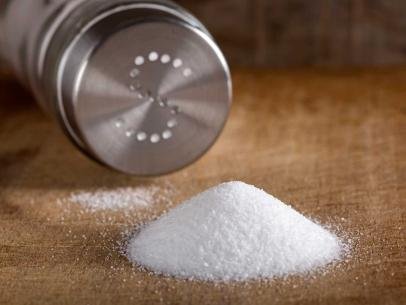Inside BENEO’s new pulse plant: pioneering sustainable protein from faba beans
Association for ICCIDD hosts 30th National Coalition on Sustained Optimal Iodine Intake
The 30th National Coalition for Sustained Optimal Iodine Intake (NCSOII) hosted by the Association for Indian Coalition for Control of Iodine Deficiency Disorders (ICCIDD), on July 1st, 2021 was attended by various National, International and State level public and private stakeholders including Government agencies, Salt industry, Development agencies, and Civil societies, etc.
Dr Chandrakant S Pandav, President – ICCIDD, hailed the Universal Salt Iodisation (USI) program in India as the most successful public health story, he revealed that “India has the world’s best possible information on all aspects related to IDD in terms of age, gender, urinary iodine and iodine content by titration.”
Dr Rajan Shankar, Senior Advisor, Tata Trusts spoke on Issues linked to Food and Nutrition Security. He said that “the Job is not done yet and there is a need to continue the program to achieve 100% coverage of adequately iodized salt. Keeping in mind the modern dietary patterns of average Indian households there is a need to make sure the processed food industry also uses iodized salt”.
Speaking on the estimation of iodine content in Indian foods, Dr A. Laxmaiah, Scientist G & Head, Public Health Nutrition, Indian Council of Medical Research (ICMR) said that “there is a need for a national level prevalence survey to estimate iodine content in all Indian foods in all the states”.
The growing prevalence of hypertension cases in India has drawn the attention of experts worldwide. Throwing light on the salt reduction strategies and hypertension, Dr Bhawna Sharma, Country Lead, Resolve to Save Lives, said that “reducing sodium intake through salt can reduce the chances of hypertension by 30 %. An average Indian adult consumes about 11 gm of salt per day whereas WHO recommends 5 gm per day. There is a need for the implementation of low sodium salt interventions at the population scale that include dietary habits, taste, functionality, availability, cost and safety”.

